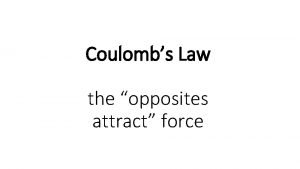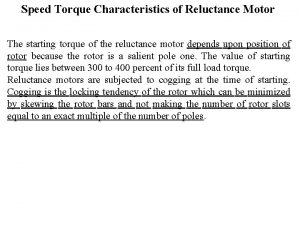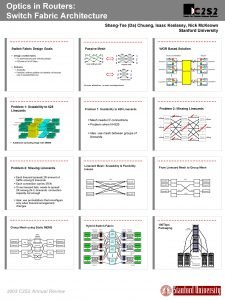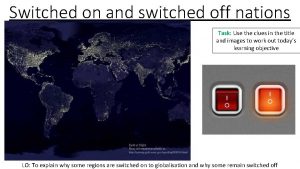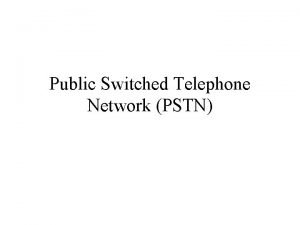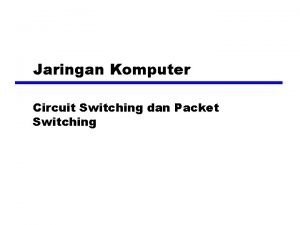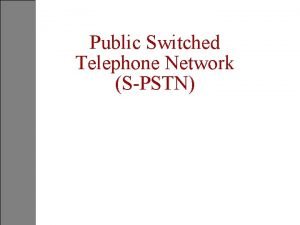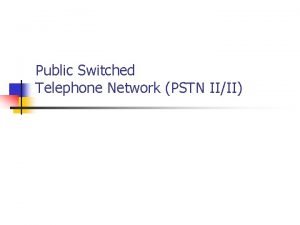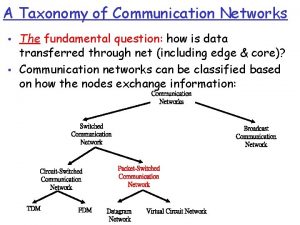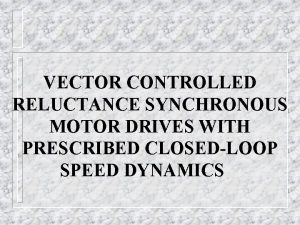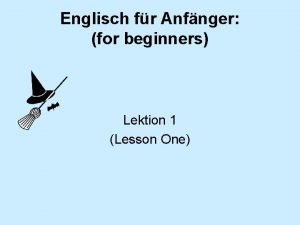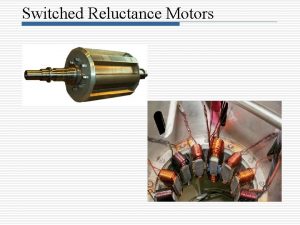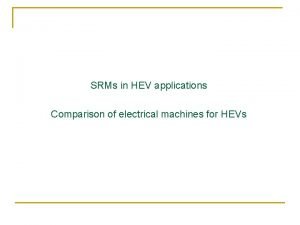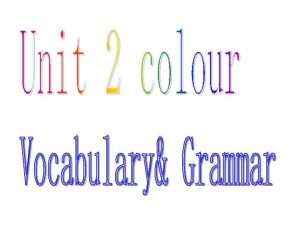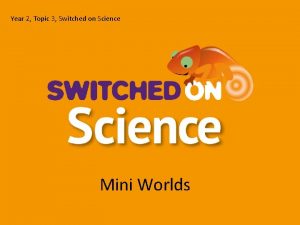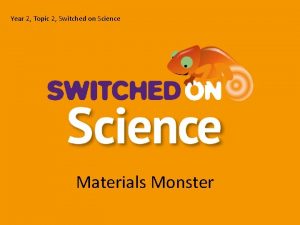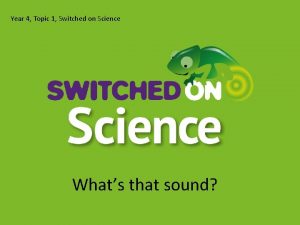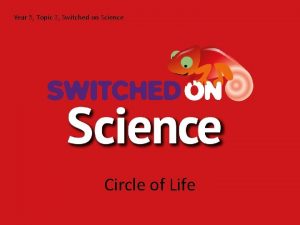Year 3 Topic 5 Switched on Science Opposites


































- Slides: 34

Year 3, Topic 5, Switched on Science Opposites attract

Key Vocabulary • • Force Magnet Contact Non-contact Attract Repel Magnetic • • Non-magnetic Iron Pole Magnetic North Compass Prediction Rule

In this topic you will: • • observe the forces that magnets produce report findings from scientific enquiries name some materials that magnets attract name some materials that magnets do not attract list ten uses of magnets in everyday life explain what a magnetic pole is predict what happens when two magnets are brought close to each other.

Unit 1: Magnetic forces Can you: • explain the difference between a contact and a non-contact force? • plan and carry out fair tests collecting accurate results? • explain some properties of magnets?

Let’s think like scientists • • • How do make a magnet? How do you make a strong magnet? Do magnets keep their magnetism for ever? Are magnets found in nature? Who made the first magnets?

Right or wrong? Are these ideas right or wrong? You can make a magnet out of any metal. All silver coloured items are attracted to a magnet. Large magnets are stronger than small ones

Answers • No. You can only make magnets out of the metals iron, cobalt and nickel. • No. Aluminium is silver in colour but not attracted to a magnet. • No. The size of a magnet does not affect how strong it is.

Did you know? The first magnets were made out of lodestone. This piece is attracting some nails.

Pushes and pulls: contact forces Look at pushes and pulls in these diagrams. They are have contact forces. Can you spot which two things are pushing or pulling in each one?

Pushes and pulls : non-contact forces The knives are held on the knife rack by magnetism. Before they stick on you can feel the pull of the knife rack on the metal knives before they touch. Gravity pulls the parachute towards the ground. Gravity does not touch the parachute. Gravity and magnetism are non-contact forces.

Different magnets Magnets come in different shapes and sizes.

Investigate magnets Take some different magnets. Bring them together in different ways. Record what you see.

Plan and carry out your own investigation Come up with a way to test: Are different magnets equally strong? Are bigger magnets stronger than smaller ones? Which materials can a magnetic force pass through? How far does the magnetic force spread beyond a magnet?

Unit 2: Is it magnetic? Can you: • name three metals that can be made into a magnet? • explain the difference between a magnetic and non-magnetic material? • list ten uses of magnets?

Let’s think like scientists • How do we use magnets in everyday life? • Are all metals magnetic? • Can a material that is not a metal be made into a magnet? • What does magnetic mean? • What is the strongest part of a magnet?

Right or wrong? Are these ideas right or wrong: • Magnetic things are attracted and repelled by a magnet. • Only iron is magnetic. • Magnets can be made of steel.

Answers • No. They are just attracted. • No. Cobalt and Nickel also form magnets. • Yes. But this contains a lot of iron.

Some vets use magnets to remove pieces of wire from large farm animals

Is it magnetic? Which of these materials do you think are magnetic?

Things to try Make one or more of the following: A fridge magnet from modelling clay or card, glitter and glue using small magnets. A snake charmer. A fishing game like the ones at a fairground.

Make a big list of magnets you find in every day life.

Unit 3: Poles to pole Can you: Explain what a magnetic pole is Describe the Earth’s magnetic field Predict what will happen when the poles of two magnets are brought close to each other in different ways

Let’s think like scientists • What is a magnetic field? • Does the Earth have a magnetic field? • If so what does it look like and what causes it? • Do other planets have magnetic fields? • Where is the Earth’s North magnetic pole?

Right or wrong? Are these ideas right or wrong: • There is a link between the Earth’s magnetic field and gravity. • The Earth’s magnetic pole is fixed. • The Moon has a weak magnetic field.

Answers • No. There is no link at all. • No. It is constantly moving and you can track this. • Yes.

Did you know? Maglev trains use strong magnets to lift them off the ground.

What is a magnetic pole? The ends of a bar magnet are called poles. If you hang a bar magnet from a cotton thread it will always finish up pointing the same way. One end points towards the Earth’s North magnetic pole : the other to the Earth’s South magnetic pole.

What is magnetism? Magnetism is strongest at the two poles of a magnet. You can show this by putting iron filings on a piece of paper. The magnet will cause this pattern. Look closely. There are more iron filings at the two poles, at each end of the bar magnet.

Why does a compass needle point north? The compass needle is a small Magnet. One end always points to the Earth’s north magnetic pole. You can use this fact to find your way with a map and a little thinking.

The Earth’s magnetic field

Testing magnets Label the poles of a magnet. Suspend it from a thread. Bring another magnet close to it. Record what happens. Come up with a rule.

The magnetic rule Like poles repel Unlike poles attract

How to remember the rule All pupils should learn well The simple scientific fact Like magnetic poles repel And unlike poles attract

Investigate the strength of magnets. Devise a way of testing the strength of different magnets. What equipment will you use? How will you carry our your test? What will you measure? How will you present your results?
 Packet switching disadvantages
Packet switching disadvantages Switched on science
Switched on science Switched on science
Switched on science Law of opposite attraction
Law of opposite attraction On thursday
On thursday Example of a clincher sentence
Example of a clincher sentence /topic/ down
/topic/ down Open architecture
Open architecture Switched cap building block
Switched cap building block Torque speed characteristics of switched reluctance motor
Torque speed characteristics of switched reluctance motor Switch fabric architecture
Switch fabric architecture Introduction to wide area networks
Introduction to wide area networks Backbone network components
Backbone network components Why is north korea switched off from globalisation
Why is north korea switched off from globalisation Switched ethernet vs shared ethernet
Switched ethernet vs shared ethernet Charge pump converter
Charge pump converter Public switched telephone network diagram
Public switched telephone network diagram Circuit switched network adalah
Circuit switched network adalah Spstnn
Spstnn Public switched telephone network diagram
Public switched telephone network diagram Public switched telephone network diagram
Public switched telephone network diagram Switched pdu
Switched pdu Drei hexen schauen sich drei swatch uhren an
Drei hexen schauen sich drei swatch uhren an Cisco borderless switched network design
Cisco borderless switched network design Network taxonomy
Network taxonomy Switched reluctance motor
Switched reluctance motor Virtual circuit vs datagram
Virtual circuit vs datagram Introduction to network management
Introduction to network management Switched witches
Switched witches A switch in a datagram network uses
A switch in a datagram network uses Introduction to switched networks
Introduction to switched networks Torque speed characteristics of switched reluctance motor
Torque speed characteristics of switched reluctance motor Hendershot
Hendershot Bcmsn
Bcmsn Short year 6 leavers poem
Short year 6 leavers poem



